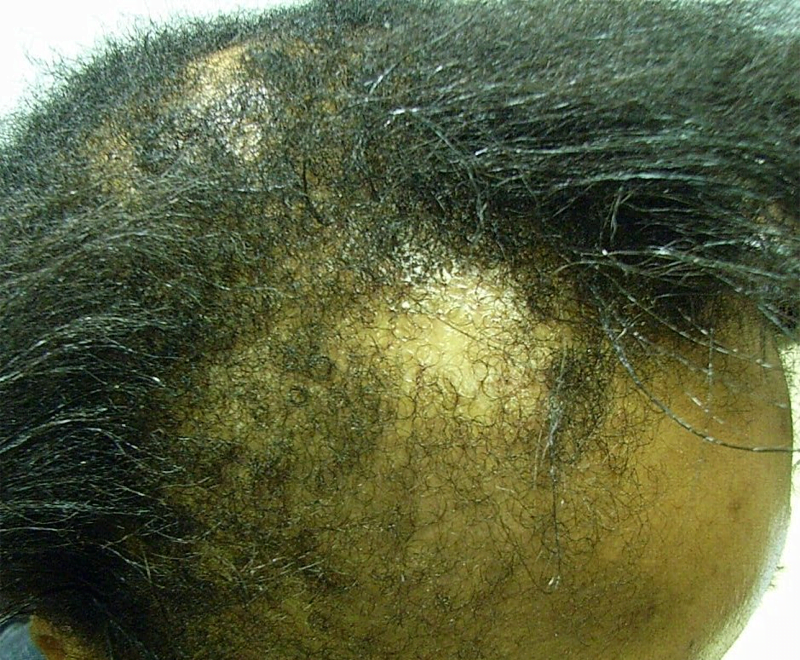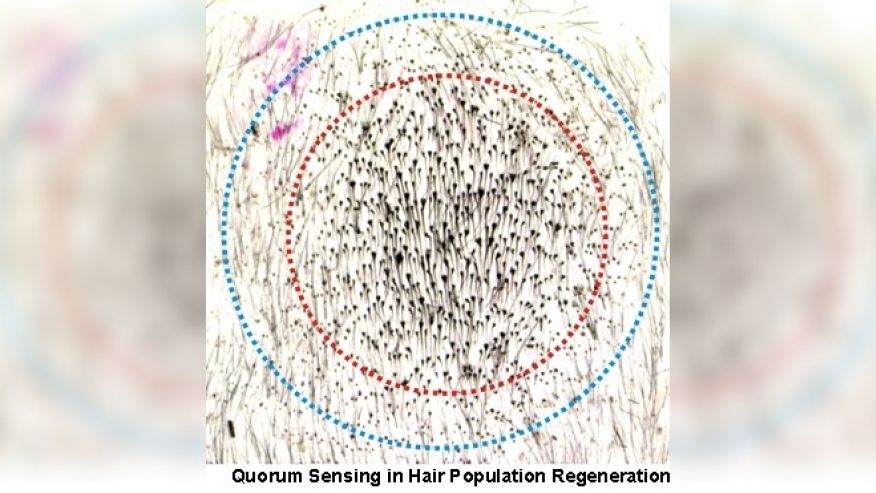
The U.S. Food and Drug Administration has allowed marketing of a one-time use contact lens that may help practitioners identify the best time of day to measure a patient’s intraocular pressure (IOP). Elevated IOP is often associated with the optic nerve damage that is characteristic of glaucoma.
The Triggerfish has a sensor embedded in a soft silicone contact lens that detects tiny changes or fluctuations in an eye’s volume. The device is worn for a maximum of 24 hours, transmitting data wirelessly from the sensor to an adhesive antenna worn around the eye. A portable data recorder worn by the patient receives information from the antenna and can transfer the data via Bluetooth to the clinician’s computer, which shows the range of time during the day the pressure of the eye may be increasing. The device does not actually measure IOP, is not intended to be a diagnostic tool and is not used to correct vision.
“The Triggerfish gives the clinician 24-hour continuous monitoring of changes in IOP patterns that otherwise could not be obtained,” said William Maisel, M.D., M.P.H., acting director of the Office of Device Evaluation in the FDA’s Center for Devices and Radiological Health. “This information can help determine the most critical time of day for the clinician to measure the patient’s IOP.”
Glaucoma is a leading cause of vision loss and affects an estimated 3 million Americans. Many patients have no symptoms until significant vision has been lost, and this loss is irreversible. IOP varies throughout the day and may not be abnormally high when the patient is at an eye care professional’s office having an eye exam. For example, it is common for IOP to increase during sleep when the patient is lying down.
The Triggerfish is indicated for use in adults age 22 and older under the direction and supervision of a health care professional. Clinical data supporting the marketing authorization of the Triggerfish included several studies of the safety and tolerability of the contact lenses and the effectiveness of the device measurement. The effectiveness of the device was demonstrated by showing an association between the Triggerfish device output and IOP fluctuation. The most common temporary side effects were pressure marks from the contact lens, ocular hyperemia (red eyes) and punctate keratitis (irritation of the cornea).
The FDA reviewed the data for the Triggerfish through the de novo premarket review pathway, a regulatory pathway for some low- to moderate-risk medical devices that are not substantially equivalent to an already legally-marketed device.
[Source:- Medicalnewstoday]


















